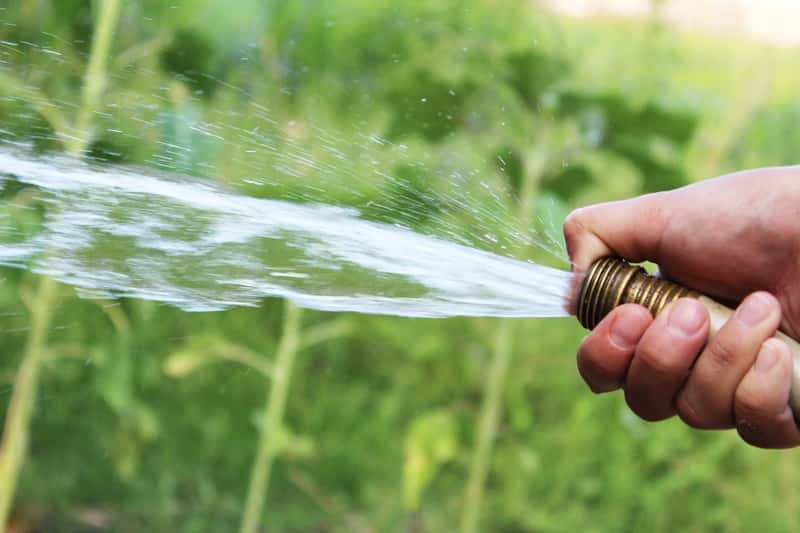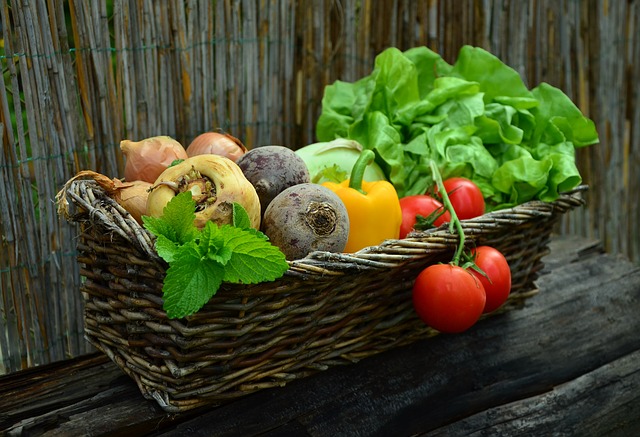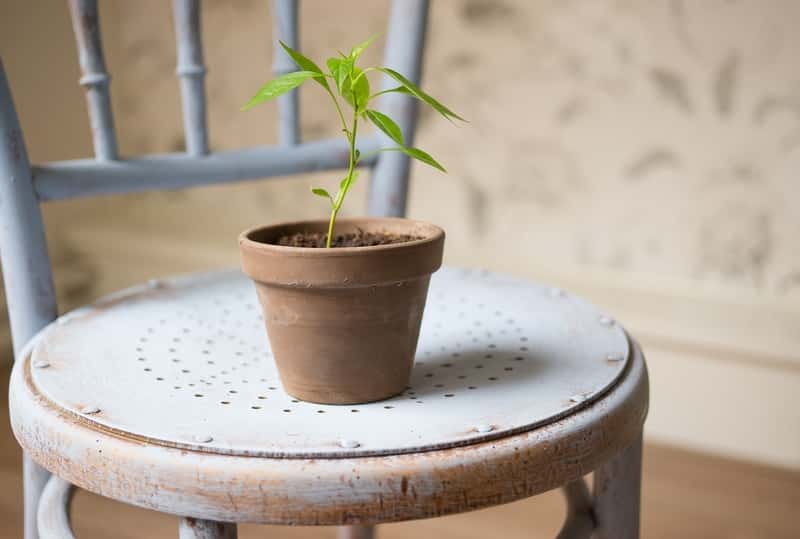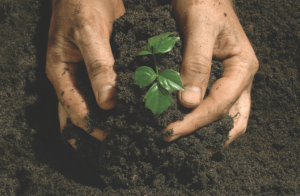There’s nothing worse than the dark days of winter for gardeners. Couped up indoors, looking at all of last year’s hard work – and lamenting the structure, colour and beauty which was created now being washed away. We’re itching to get out there, to tidy up and to get going on this year’s creations.
But one thing that can get us through is planning and thinking about what we want to achieve in the year ahead. If we can’t be out there getting dirty and making it look beautiful, we can at least grab a brew, sit down and decide what we want to accomplish in the next 12 months.
New Year Gardening Tips
So, what should be on the agenda for 2023? Here are a few ideas and new year resolutions from the Earth Cycle team.
Compost Waste

There are two key themes to this year’s ideas: being kinder to the environment and saving money. Our first suggestion ticks both boxes. If you’re not already a composter, then this is the year to get started. The very best compost comes from pure green waste, free from contaminates and nasties. Whilst we obviously don’t want you to stop buying our lovely rich, high quality compost in bulk bags, you could supplement this with some of your own. Even the smallest plot can create a fair weight of green waste in a year, from dead heads to root balls and leaves, there’s a never-ending supply of material that can be composted down. It takes time but the quality is amazing and better still, you know exactly where your compost has come from and what’s gone into it.
If you’ve got space, try and pick up some pallets (four should do it) and bolt three of them together to form a standing U shape. Cut the fourth in half and attach it to the bottom of the open side, creating a box shape but with access for a shovel. You’ll need to turn your heap regularly to get the air in and encourage the break-down. Then start popping in your clippings: depending on the weather, you’ll soon be turning over piles of rich soil. If space is at a premium, look for compost bins which range from the very simple for around £25 up to some clever ‘hotboxes’ that create the perfect conditions for rapid composting.
Save rain water

We may be experiencing one of the wettest winters of recent times, but it followed one of the driest summers. Water will remain a precious resource into the future and the price for water through the tap will undoubtedly rise – as many other utilities have responded to supply and demand issues. So, finding alternative water sources or capturing rainwater – which is better for gardens – can help the environment and reduce your household costs too.
The first thing to do is look at how you can save rainwater. Do you have any gutter downpipes on your property? Taking water off a roof is the best way of capturing decent volumes. You’ll need a gutter attachment and a water butt which cost as little as £25-£30 for a slimline version. If you don’t have down pipes on your land then perhaps you could add gutters to a shed, garage or greenhouse roof. Every little helps, and you’ll be surprised what these smaller solutions can deliver. Failing that, just leave watering cans and/or buckets out in the open during inclement conditions or make smaller rain catchers that hang from trees and drain into pots. Have a look below to see how you can make these for free!
Use less plastic

There’s a huge push to reduce our plastic use but it’s clear some containers are likely to be around for a while yet before alternatives are created. Choosing garden products with less plastic or packaging is one thing but there are creative ways to find secondary uses for things like plastic bottles to cut down the amount going into waste – with a bit of crafting they make great water catchers!
Whether you buy the big 2 litre bottles or just the odd bottle of tonic they all work. Simply snip (carefully) the bottom off the bottle, punch two holes through the cut sides near to where you have removed the bottom and thread a piece of string or wire through, long enough to create a hanger. Leave the lids on and hang them upside down in trees or under your hanging baskets to catch run off, and they’ll provide handy waterers for use elsewhere.
If you’ve followed the idea for the water catchers, then use the bottoms you have just cut off as seed trays, helping to establish plants in warm conditions before potting on. As well as making ideal bird scarers when placed upside on a bamboo cane, plastic yogurt drink bottles are also great for getting seeds started, especially those seeking a deep root. And one of our favourites from social media last year was the lady who had washed out her covid test vials and used them to start her veg off – well the negative ones at least ????
Grow your own vegetables

With food prices rocketing and issues with supply, this must be the year to grow your own veg. Start with a few window boxes and pots or even a small 1m square plot; you’ll be surprised what you can achieve and there’s no better taste than something grown just a few feet away. You don’t have to feed the whole family all year – focussing on some favourites will help reduce reliance on mass market supply chains.
Carrots like good fine soil but let’s be honest, who doesn’t love a knobbly carrot? So if there are a few clumps and stones it makes for some interesting shapes as well as a healthy snack. If the soil in your plot isn’t great, then don’t worry because crops like pumpkins, courgettes, and gourds won’t worry either. They love poorer quality ground and if you’re happy to let them run, you could keep picking courgettes until November. Brassicas need a bit of space, but a nice tall broccoli will keep on producing for months if you only snip off what you need.
Space at an absolute premium? Think big city and reach for the sky with some runner beans. Delicious in tuna salads or with garlic butter, you’ll never run out – in fact you probably won’t be able to keep up with three or four plants worth. And heritage cherry tomatoes are great in hanging baskets. Their varied colour adds something of interest for the eye and they’ll happily trail.
Whether you grow your own or not, remember when you’re prepping veg for eating to throw your off cuts onto your compost heap or better still, get a big freezer bag, pop them all in and once full, stick it in the slow cooker with some garlic, stock and a little bit of spice to make a vat of vegetable soup ready for the winter.
Just think, every day is getting longer by a few minutes. We’ll soon be back out there. Keep faith and happy gardening.




